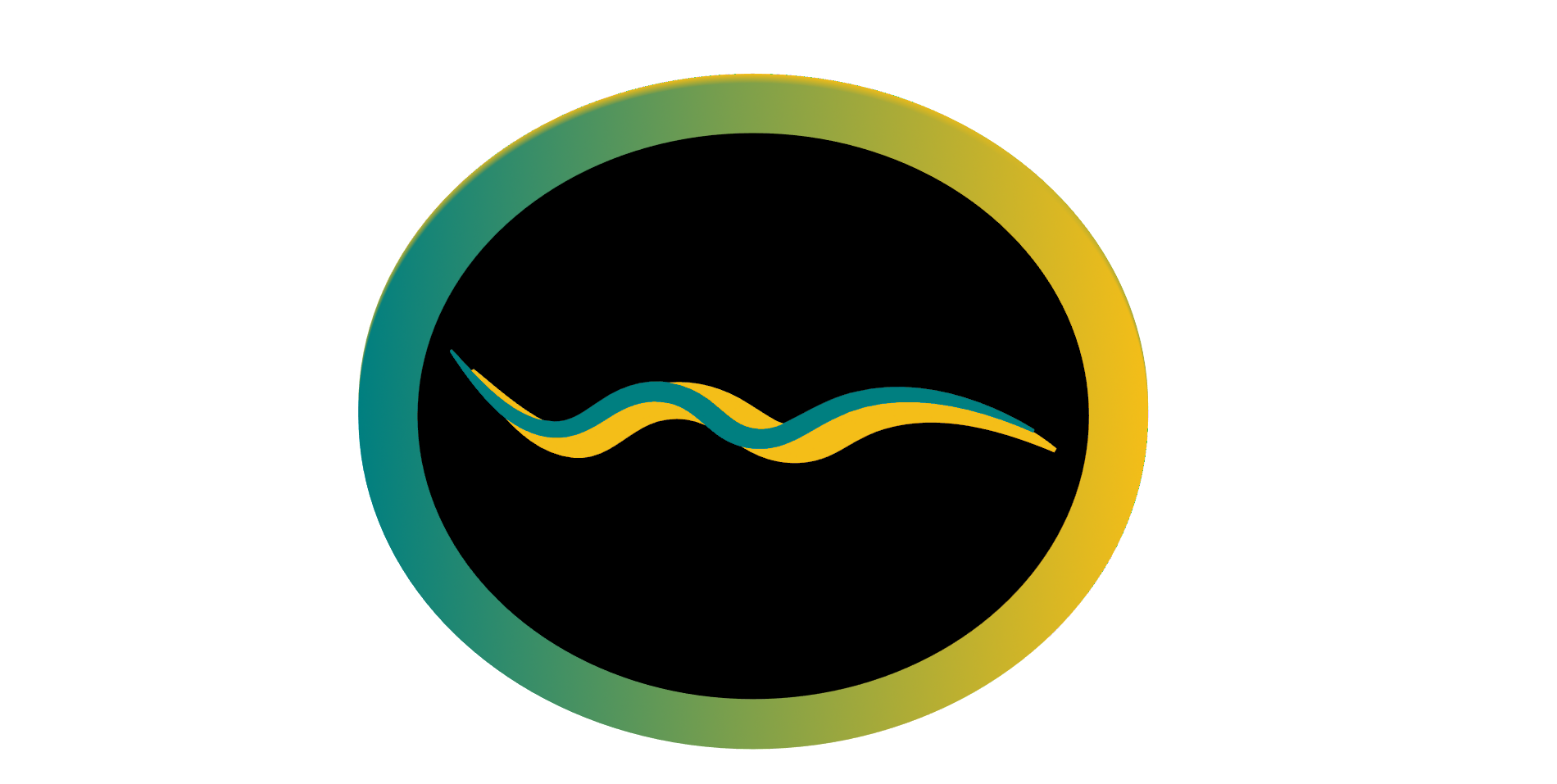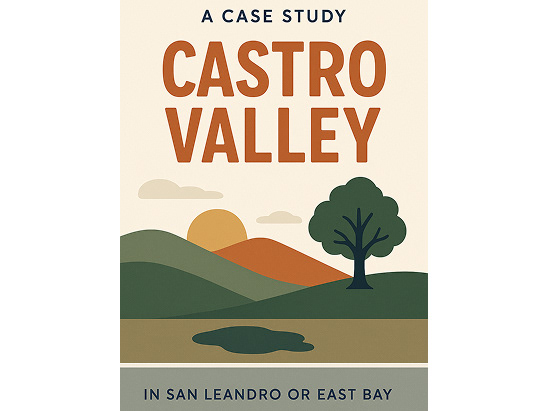Overview Of BRIDGEGOOD
501(c) (3) non-profit design studio supported by Google.org, Golden State Warriors, and Adobe. BRIDGEGOOD’s mission is to help diverse creatives secure a design career in tech.
Problem
There is a need for a resource for able-bodied students who are interested in empathizing with the disabled community and learning about accessibility design.
Solution
We rebuilt the current page to make this feature more interactive for users enabling them to learn simultaneously. The solution is a teaching platform for students affiliated with Bridgegood. Students learn about three different disabilities and how disabled people are positively impacted by technology. We teach this using videos, interactive modules, stats, definitions, and real-life examples of people who did not allow their disabilities to hinder their success.
We changed the name from “Inclusion” to ”Accessibility because you have to learn about accessibility before you can include them.
Bridgegood is a 501(C)3 non-profit studio dedicated to providing vital access, professional opportunity, and tech literacy to under-resourced students and job seekers of color". They would like to improve the current Inclusivity feature in order to better educate and retain users.
Project duration Jul 21, 2021-Aug 9, 2021
There is a lot of content on this page. Readers can leave a website with a lot of text. People with ADHD or dyslexia find it extremely difficult to browse websites with a lot of text.
This section is not interactive enough. The cards talk about how to be empathetic to people. But it doesn't explain the importance of learning about different types of disabilities.
The contents on this page are too broad and don’t depict the challenges the various disabled communities face.
The current Inclusivity Page on the BRIDGEGOOD.com website is hard to navigate and not very engaging. Our team decided to improve this feature so it can be more interactive, fun, and informative to the viewers
Able-bodied student creatives need a resource that helps them empathize with people in the disabled community and learn about accessibility design, as well as the technologies they use.
Problems This Feature Solves
Educates people about the different types of disabilities and the challenges disabled people face.
Helps designers empathize with disabled communities in order to create inclusive content.
Team Goal Statement
This feature will guide viewers through several modules of disabilities: Mobility, Cognitive, Vision, and Hearing
Solution
Our team decided to rebuild the current page and make this feature more interactive for users; enabling them to learn at the same time. The solution was to build an educational and interactive teaching platform for students who are affiliated with Bridgegood’s digital program. They will learn about 3 different types of disabilities and how disabled people are impacted by the technology we currently use to help them. We will teach this using videos, interactive modules, stats definitions, and examples of people who did not allow their disabilities to hinder their success.
We also renamed the feature “Accessibility” instead of “Inclusion”.
We changed the name from “Inclusion” to ”Accessibility because you have to learn about accessibility before you can include them.
Research
User Testing
Our team conducted user testing for the current product. We had nine available candidates (7 in-person and 2 virtual).
My role was to record and analyze the interviews to identify delights/positive points, pain points, and opportunities for improvement.
Same research question we used
Research Takeaways
What do you know about inclusive design?
The term "Inclusion" is not understood by most people
What is the most engaging way for you to learn new information?
Interviewees don't understand the message the current "Inclusion Feature" is trying to convey.
Have you utilized the Inclusion feature on Bridgegood? If so, do you remember any of the content on the feature?
There weren’t any memorable things on the page.
Stakeholder Interview
We as a group presented our findings to the Executive Director of Bridgegood and received additional insight into his expectation of the Accessibility Feature and how this feature can teach designers about accessibility in order to help the disabled.
Affinity Map
The team collected and analyzed the findings from the stakeholder and user interviews and created affinity maps. These maps helped us identify the delights/positive points, pain points, and opportunities for the current feature.
We went through all nine participant interviews and we jotted down what was necessary for this particular project.
We did some clustering and we had a vote on three different topics. Through an absolute majority; we chose to do something educational, engaging, and centered around disabilities.
Due to the complexity of this feature, the team decided to extend the 3-day sprint by 4 more days in order to conduct additional research on specific disabilities. This extension also allowed us to create more detailed low and high-fidelity wireframes and prototypes.
Wireframes and Prototypes
Examples of low-fidelity wireframes are concepts for the statistics and the Definition Page. The low-fidelity wireframes were created using pen and paper. The High Fidelity wireframes and prototypes were done using Adobe XD.
Statistics
These low-fidelity wireframes are for the new future pages.
Dictionary
I researched 4 types of disabilities and identified them. Then, we narrowed that down to 11 subtypes. Approximately 10 websites were visited in order to find the specific information for each disability.
Finding the right videos that bring a balance of hardship but also success to the disabled community.
Finding the correct, simplistic content that is easy to read for beginner designers (Most sites that cover this topic are very text-heavy).
Finding accurate, worldwide statistics for different disabilities is extremely difficult. There isn’t a central location that contains statistics for every type of disability.
We designed the Low and High Fidelity wireframes for web and mobile use. This feature includes a Disability Definitions page, Statistics page, Assistive Technology page, Video page, Organizations page, and a page that features disabled creatives. The Research, Wireframes, and Prototypes were created simultaneously in order to meet the tight deadline.
Home
The top three Square buttons are bigger because we're trying to display that it's the most important part of this particular feature.
Hearing Disability
This hearing disability experience illustrates the importance of closed captions and explains why automated captions cannot replace closed captions.
Vision disability
As part of this experience, users are taught what screen readers are and how to use them. Additionally, alt text is used to caption digital images.
Mobility Disability
An eye gaze device is explained, including what it is, how it works, and who uses it. The device is demonstrated as well.
Definition/ Stats/ Organizations
Dictionary disabilities gives definitions of several types of disabilities. The reason why we put it in boxes is that we didn't want to overwhelm the user with so much text on the page. So we created a hover menu to display the actual definition and we did this throughout the entire resource page
Prototype
Anticipated Results/Metrics
Educate 200 students year-over-year imparting knowledge of accessible design.
Increase fundraising goal by 10% year-over-year; utilizing grants dedicated to accessible design.
Create the next generation of empathetic and inclusive designers.
My Contributions Summary
Researched and created interview questions that are relevant to stakeholders and various user groups.
Recorded, sorted, and analyzed stakeholder and user interviews.
Researched vocabularies and terms of specific disabilities that can be easily understood by creatives.
Found videos that show the perspectives of the disabled in order to educate and inspire designers to create inclusive content.
Responsible for creating web and mobile wireframes and prototypes of the following pages - Stats, Dictionaries, Assistive Technologies, Video, Organizations that serve the disabled communities, and a page featuring the disabled creatives.
Served as the key advocate and consultant of the disabled community throughout this project.
Reached out to Creatives that I know
Teammates: Ahreum, Megan
Client BRIDGEGOOD Community



